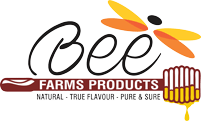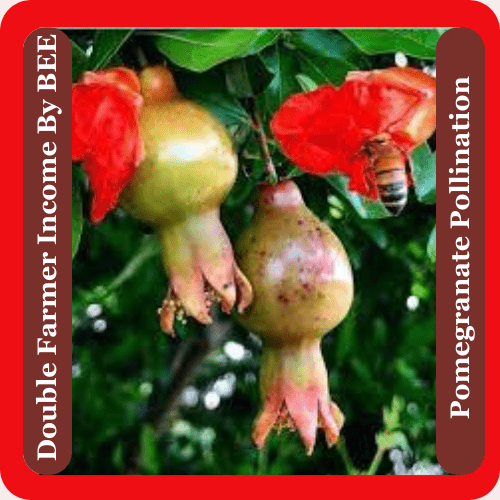Doubling Guava Farming Income By Honey Bees
Increasing income from guava farming or Doubling Guava Farming Income By Honey Bees by promoting honey bee activity is a sustainable and effective approach. Honey bees are excellent pollinators for guava trees, and their presence can lead to higher fruit yields and improved fruit quality. Here are steps to double your guava farming income by enhancing honey bee pollination:
Beehive Placement: Strategically position beehives within or near the guava orchard. Ensure that the hives are sheltered from harsh weather conditions and are easily accessible for beekeepers.
Native Flowering Plants: Plant native flowering plants and cover crops around the guava orchard to provide honey bees with additional forage. This will encourage bees to stay in the area and continue pollinating.
Minimize Pesticides: Reduce or eliminate the use of chemical pesticides, especially during the guava flowering season, as these can harm honey bees. Instead, consider organic or bee-friendly alternatives.
Timing: Ensure that your guava trees are in full bloom when honey bee populations are at their peak. Timing is crucial for effective pollination.
Beekeeper Collaboration: Collaborate with local beekeepers to ensure a healthy bee population is available during the guava flowering period. You can rent beehives or establish mutually beneficial partnerships.
Water Sources: Provide a clean water source near the guava orchard. Honey bees need water, especially during hot weather, to remain active and healthy.
Bee Health: Regularly inspect bee colonies to ensure they are healthy and free from diseases. Good beekeeping practices are essential for maintaining strong bee populations.
Bee-Friendly Planting: Utilize bee-friendly planting techniques, such as companion planting with flowers that attract bees, to make your guava orchard more appealing to them.
Educational Outreach: Educate farm workers, local communities, and customers about the importance of honey bees in guava pollination and the benefits of bee-friendly farming practices.
Harvest Timing: Time your guava harvest to coincide with when most of the flowers have been pollinated but before the fruits become overripe.
Record Keeping: Maintain records of honey bee activity, hive strength, and pollination success to track the impact of bee pollination on your guava crop.
Pest Management: Protect honey bee colonies from pests and predators by using screens and implementing natural remedies to prevent infestations.
Weather Monitoring: Be aware of weather conditions, as extreme weather can affect bee activity. Provide supplemental feeding if necessary during adverse conditions.
By implementing these strategies, you can create a bee-friendly environment that encourages honey bees to pollinate your guava trees effectively. This can lead to increased guava yields, improved fruit quality, and ultimately, a significant boost in your income from guava farming or Doubling Guava Farming Income By Honey Bees.





Leave A Comment